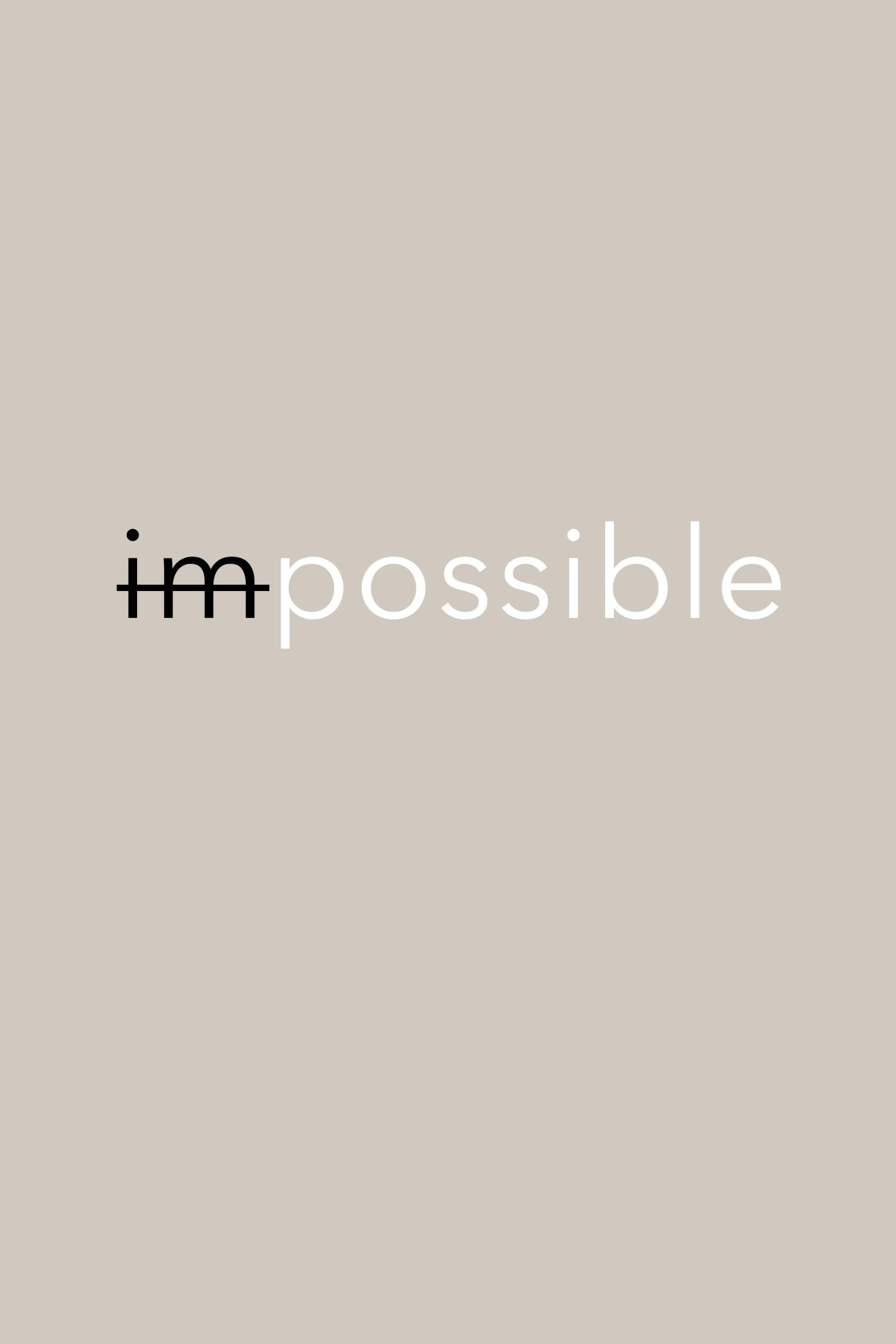Every creative person—whether a writer, artist, designer, or musician—has faced the dreaded creative block. That frustrating moment when ideas seem to vanish, and inspiration feels out of reach. But creative blocks aren’t permanent. With the right strategies, you can break through the mental barriers and reignite your imagination. Here are proven ways to overcome creative blocks and spark inspiration.
1. Change Your Environment
Sometimes, the key to unlocking creativity lies in stepping away from your usual workspace. A change of scenery can stimulate new ideas and shift your perspective.
Take a Walk
Physical movement, especially in nature, can clear mental fog and boost creativity. Studies show that walking enhances divergent thinking—the ability to generate multiple ideas.
Work in a New Space
If you’re stuck, try working from a coffee shop, library, or even a different room in your home. A fresh environment can provide new stimuli and break repetitive thought patterns.
Declutter Your Workspace
A cluttered space can lead to a cluttered mind. Organizing your desk or creative area can help you feel more focused and open to new ideas.
2. Engage in Freewriting or Doodling
When you’re stuck, putting pen to paper—without judgment—can help bypass mental blocks and uncover hidden ideas.
Try Freewriting
Set a timer for 10 minutes and write continuously without stopping. Don’t worry about grammar or coherence—just let your thoughts flow. This exercise can reveal unexpected insights.
Doodle or Sketch
If words aren’t coming, switch to visuals. Doodling can activate different parts of your brain and lead to creative breakthroughs.
Use Prompts
Creative prompts—whether written, visual, or musical—can jumpstart your imagination. Look for prompt generators or challenge yourself with constraints (e.g., “Write a story in six words”).
3. Consume Diverse Content
Inspiration often comes from exposure to new ideas, perspectives, and art forms. Diversifying your input can fuel your creative output.
Read Widely
Explore books, articles, or poetry outside your usual genres. Cross-disciplinary reading can introduce fresh concepts and connections.
Watch and Listen
Documentaries, films, podcasts, and music can spark ideas. Pay attention to storytelling techniques, visuals, or sounds that resonate with you.
Explore Other Art Forms
If you’re a writer, visit an art gallery. If you’re a musician, attend a dance performance. Experiencing other creative mediums can trigger innovative thinking.
4. Embrace Constraints
Paradoxically, limitations can enhance creativity by forcing you to think differently. Instead of seeing constraints as obstacles, use them as catalysts.
Set Time Limits
Give yourself a short deadline to complete a task. The pressure can push you to focus and generate ideas quickly.
Limit Your Tools
Try creating with fewer resources. For example, write a story using only 500 words or paint with a single color. Constraints can lead to inventive solutions.
Reframe the Problem
Ask yourself, “What if I approached this from a completely different angle?” Shifting your perspective can reveal new possibilities.
5. Prioritize Rest and Play
Creativity thrives when your mind is relaxed and open. Overworking can lead to burnout, while playfulness can reignite inspiration.
Take Breaks
Step away from your project for a few hours or even days. Distance can provide clarity and fresh insights when you return.
Engage in Play
Do something fun and unrelated to your work—play a game, build with LEGO, or try improv. Play lowers inhibitions and encourages creative thinking.
Practice Mindfulness
Meditation or deep breathing can calm a busy mind and create space for new ideas to emerge.
Conclusion
Creative blocks are temporary, and inspiration is always within reach. By changing your environment, engaging in freeform exercises, consuming diverse content, embracing constraints, and prioritizing rest, you can overcome mental barriers and rediscover your creative flow. The next time you feel stuck, experiment with these strategies—your next great idea might be just around the corner.
